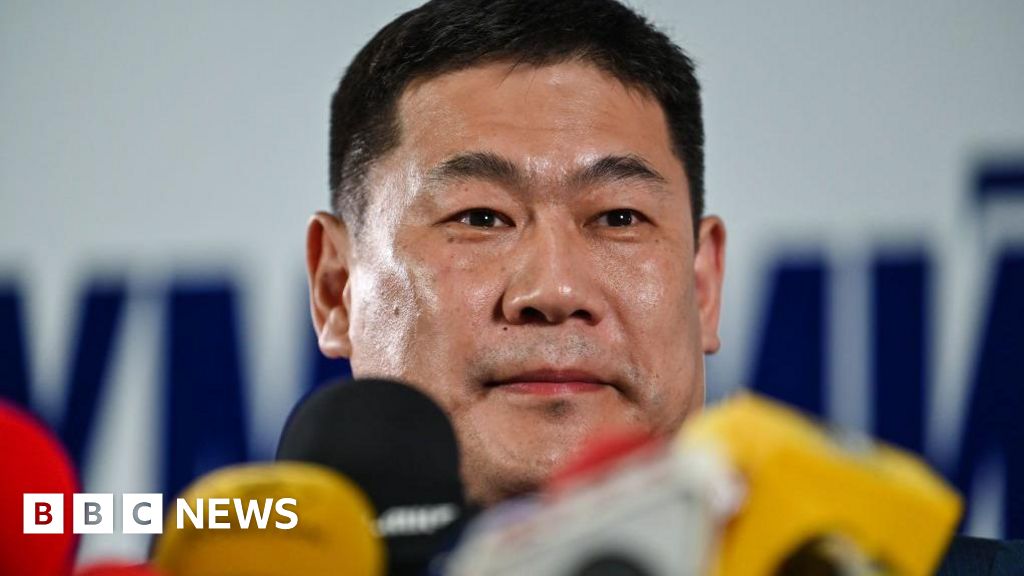ARTICLE AD BOX
The drop-dead date for Congress to suspend or raise the debt limit and prevent the government from defaulting on its borrowing obligations will “probably” fall in August or September, the Congressional Budget Office said Wednesday.
The CBO’s forecast of what is commonly called the debt limit “X Date” could provide GOP lawmakers wiggle room as they attempt to include a debt-limit hike in a party-line budget reconciliation package carrying the bulk of President Trump’s legislative agenda.
Republican leaders have set an ambitious goal of passing the reconciliation package through the House and Senate by Memorial Day. But the only deadlines driving the legislation are the debt limit and Mr. Trump’s first-term tax cuts that are set to expire at the end of the year.
Having more time to act on the debt limit — previous forecasts suggested the deadline could hit in June or July — may cause lawmakers to drag their feet as they wrestle through the complex details of the legislation.
However, CBO’s forecast cites some uncertainty around the true deadline, which could spur lawmakers to act sooner.
“The projected exhaustion date is uncertain because the timing and amount of revenue collections and outlays over the intervening months could differ from CBO’s projections,” the office’s report said.
The debt limit, also called the debt ceiling, is the maximum amount of borrowing room the Treasury is given under the law to meet the government’s spending obligations. Congress often passes laws for increased spending or tax cuts that add to the debt, which in turn requires them to regularly lift or suspend the debt limit.
The actual statutory deadline Congress set in 2023 legislation suspending the debt limit was Jan. 1, 2025. That’s when the suspension ended, and the debt limit was reinstated at $36.1 trillion the following day.
The Treasury Department frequently deploys accounting maneuvers, known as “extraordinary measures,” to stretch the deadline months beyond the statute. The August or September deadline is the CBO’s projection of when those extraordinary measures will run out.
“If the government’s borrowing needs are significantly greater than CBO projects, the Treasury’s resources could be exhausted in late May or sometime in June, before tax payments due in mid-June are received or before additional extraordinary measures become available on June 30,” the report said. “Conversely, if borrowing needs fall short of the amounts in CBO’s projections, the extraordinary measures will permit the Treasury to continue financing government activities longer than expected.”
Republicans have not officially agreed to include the debt-limit hike in reconciliation but are leaning in that direction under pressure from President Trump, who wants to take advantage of the filibuster-proof process so he doesn’t have to cut a deal with Democrats.
House Republicans proposed a $4 trillion debt-limit increase in their budget resolution laying out parameters for the reconciliation legislation. Conservatives who typically oppose increasing the debt limit reluctantly signed off because the budget also requires the package to include at least $1.5 trillion in spending cuts, although it sets a higher goal of $2 trillion.
“We should absolutely pay our bills and protect the United States’ good faith and credit, but at the same time, we have to restore fiscal sanity,” House Budget Chairman Jodey Arrington, Texas Republican, said in a statement on the CBO projection. “That is why the House-passed budget blueprint addressed the need to raise the debt limit by responsibly pairing it with meaningful fiscal reforms that will rein-in spending, reignite economic growth, and reduce our debt to GDP.”
The Senate is considering changes to the House budget, including lifting the debt ceiling increase to $5 trillion to ensure the borrowing limit does not become an issue again until after the 2026 elections.
Several GOP senators have said that would need to be paired with significant spending cuts to get their support, and Kentucky Sen. Rand Paul has told his leadership that he can’t vote for the package if the debt limit hike is included.
“I’m a ‘yes’ on making the tax cuts permanent, but I’m not a ‘yes’ if it includes increasing the debt ceiling by $4 trillion,” Mr. Paul said in an interview with The Washington Times on Wednesday. “Or actually, yesterday, in caucus, they said it’s more likely to be $5 trillion because they don’t want to be anywhere near an election when this comes due again.”

 3 months ago
56
3 months ago
56








 English (US) ·
English (US) ·